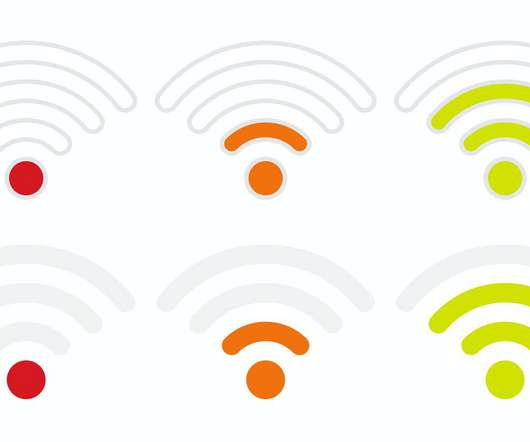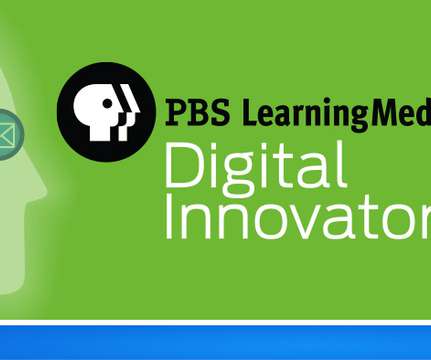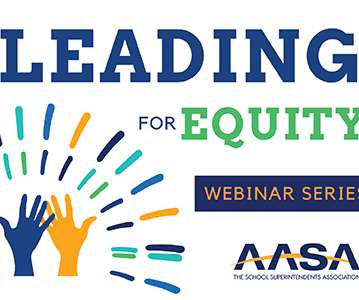Colleges Are Providing Tech to Students to Shrink the Digital Divide
Edsurge
OCTOBER 28, 2021
When colleges in the California State University system sent students home from campus in spring 2020, it quickly became clear that some students lacked reliable access to the internet or computers through which to participate in their pandemic-era emergency remote courses. The Practice May Be Here to Stay.”
















Let's personalize your content